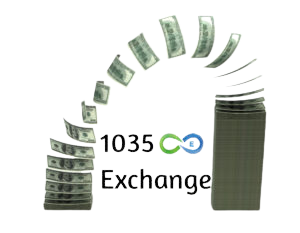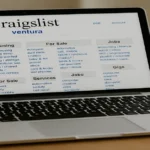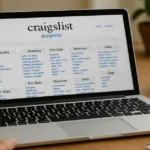The financial industry is notorious for its jargon and stringent rules. For those looking to minimize their tax burden while making the most of their insurance and annuity holdings, a “Section 1035 exchange” is a particularly useful tool. This essay explores what a Section 1035 exchange is, how it works, what it may do for you, and what you should think about before engaging in one.
Understanding Section 1035 Exchange
Defining the Exchange
An annuity contract, life insurance policy, endowment, or long-term care insurance policy can all be transferred tax-free according to the Internal Revenue Service’s Section 1035 exchange provision. The process of upgrading from one insurance or contract to another is simplified by means of this swap. This tax-free perk is only available to those who meet specific requirements.
Eligibility and Requirements
The owner of a policy or contract must meet certain requirements in order to participate in a Section 1035 exchange. To meet these standards, the money must be sent directly without the annuitant or policyholder taking constructive receipt of the money.
How a Section 1035 Exchange Operates
Product Eligibility
Products of similar nature are frequently traded for one another in a Section 1035 exchange. A life insurance policy or a non-qualified annuity, for instance, can be traded for another policy or annuity of the same type. However, with a few tweaks and the Pension Protection Act of 2006, the scope can now cover long-term care product swaps.
Preserving the Basis
One of the main benefits of a Section 1035 exchange is that it allows you to keep your original basis. Because of this, the new policy’s foundation will be the same even though the old policy’s value has dropped. Those who have underperforming insurance and want to update would benefit greatly from this.
Benefits and Considerations
Unlocking New Features
The possibility to swap out old, ineffective insurance policies for more modern ones is a major perk of a Section 10’35 exchange. This might take the form of more desirable advantages, improved provisions, and enhanced investment opportunities.
Tax Efficiency
The absence of taxation as a result of a Section 10’35 exchange is its most appealing quality. A 10’35 exchange allows policyholders to make a tax-free shift without the disruption that might occur with a more conventional exchange.
Due Diligence
Research and analysis are essential before moving forward with a Section 1035 transaction. Policyholders should evaluate both the current and proposed policies in terms of their characteristics, benefits, and costs. This verifies that the insurance update is consistent with their long-term financial plans.
Reporting and Differences
Reporting the Exchange
It is crucial to remember that although being non-taxable, a 1035 transaction must still be declared on a tax return. A 1099-R will be issued by the transferring corporation, detailing the transaction and the distribution code.
Replacement vs. 1035 Exchange
It is crucial to differentiate between a 10’35 exchange and a replacement. Not all swaps that include replacements meet the criteria for a 10’35 exchange. Policyholders need to pay close attention to the finer points of each transaction in order to fully understand their tax consequences.
Conclusion
Without having to pay any additional taxes, a Section 10’35 exchange is a great way for policyholders to rebalance their insurance and annuity holdings. Individuals can better achieve their financial goals if they have a firm grasp of the regulations, advantages, and issues involved. A Section 10’35 exchange is a useful instrument for successfully managing insurance products in the ever-changing financial landscape.
FAQs
Can I exchange a life insurance policy for a non-qualified annuity?
Exchanges between similar items are permitted under Section 1035.
What happens to the cost basis during a 1035 exchange?
No matter how much or how little the value of the previous policy has changed, it will serve as the basis for the new one.
Are there any instances where a 1035 exchange is taxable?
A 10’35 exchange continues to be tax-free for most people. However, converting an annuity into a life insurance policy or endowment may result in tax consequences.
Can I transfer funds from an IRA to an annuity using a 1035 exchange?
Qualified account rollovers, such as those between IRAs and 401(k)s, are not considered 10’35 exchanges.
How can I determine if a 1035 exchange is beneficial for me?
Examine the insurance’ features, advantages, and costs in detail, taking into account how they relate to your financial objectives.











